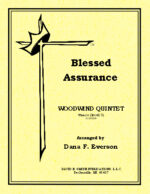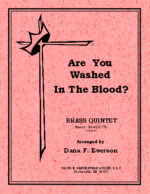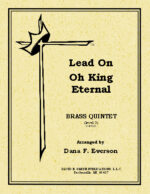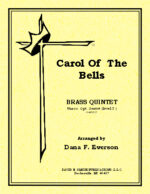| Instrument | |
|---|---|
| Level | 3 |
| Occasion | |
| Theme | What Child Is This?, O Come All Ye Faithful, Infant Holy Infant Lowly, O Little Town Of Bethlehem, An American Christmas |
| Writer | |
| Publisher | |
| Key | G, C, F, |
| Meter | 3-4, 4-4 |
| Idiom | Handbells |

Five-By-Five For Christmas II
$20.95
Quintet Collection








